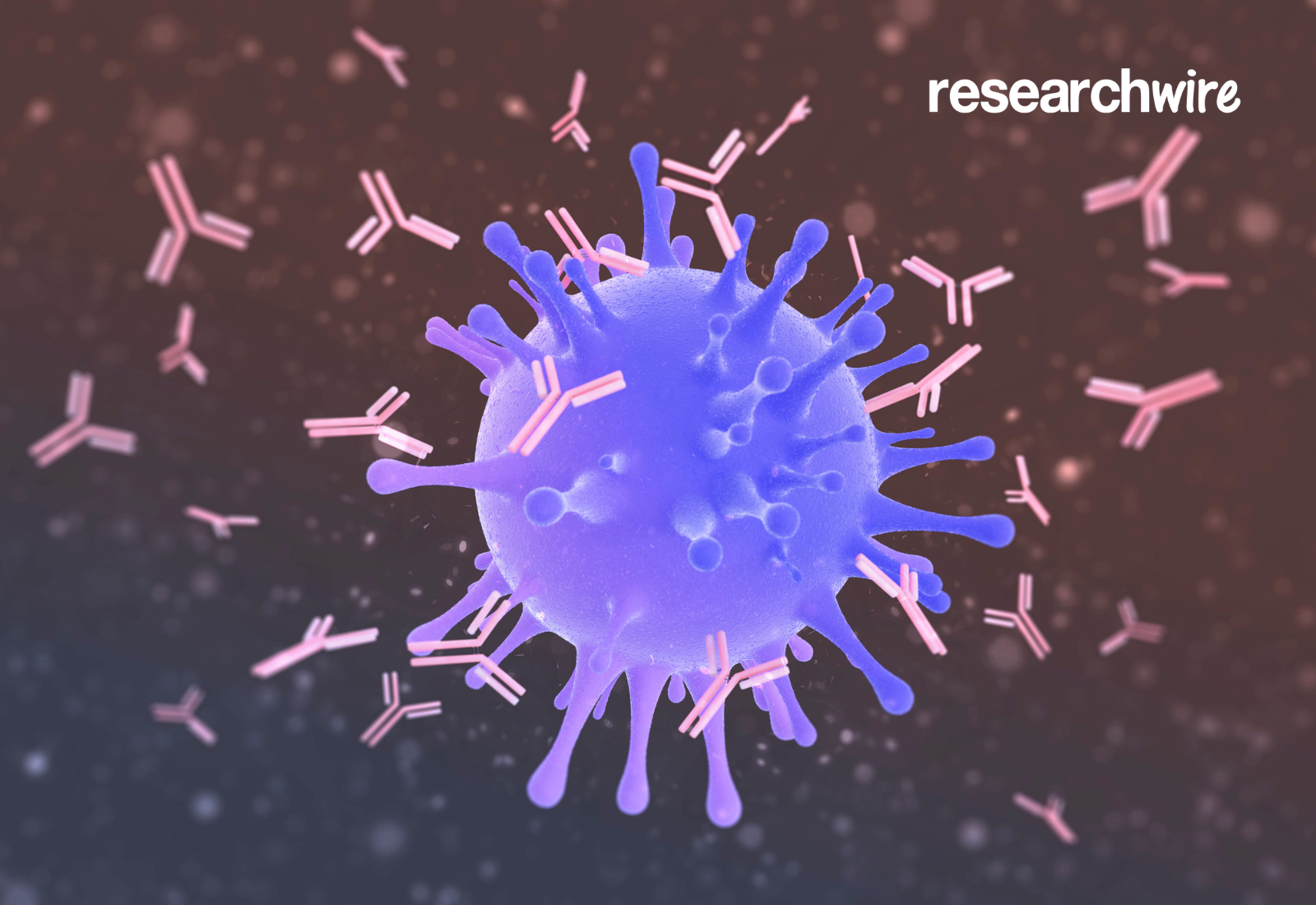As a Founder and Managing Director, Bikram plays a key role in the day to day operations and formulating strategies for smooth execution of research assignments. Bikram is also responsible for client acquisition and client engagements in Asia pacific region. Bikram helps global technology companies monetize their IP assets through automated tools and helps them generate more value out of their IP. He has the expertise of assisting clients on a wide range of technologies such as Semiconductors (circuits and processes), Wireless Technologies, Memory Devices, Cloud Computing, and Consumer Electronics.
Bikram has been advising several Global 500 clients in effective patent portfolio optimization and competitive benchmarking analysis to help them understand their position in the industry. Bikram has extensive experience in assisting clients on high stake US, Japanese and Chinese patent litigation cases. Recently, Bikram has been actively involved in advising clients on new product development strategies and technology Landscape studies.
Antibody Patenting in Biologic Innovation
The evolving landscape of patent law related to antibodies, which have played a crucial role in biotechnology, medical research, and the development of therapies, including those for COVID-19. Historically, patent protection for antibodies has been broad, allowing inventors to claim ownership not just of a specific antibody but of a broader class of antibodies targeting the same antigen. This practice was driven by the difficulty of precisely characterizing antibodies at the molecular level.
However, recent developments in laboratory techniques have made it easier to determine the precise molecular structure of antibodies. Consequently, patent challenges based on overbreadth and inadequate disclosure have led to the invalidation of many antibody patents, primarily due to the “written description” requirement, which mandates sufficient disclosure to demonstrate possession of the invention.
 The changing patent landscape for antibodies creates a paradox where increased scientific knowledge leads to stricter disclosure requirements. This challenges patent policy and innovation, prompting the experts to suggest middle-ground solutions for preserving narrower antibody patents.
The changing patent landscape for antibodies creates a paradox where increased scientific knowledge leads to stricter disclosure requirements. This challenges patent policy and innovation, prompting the experts to suggest middle-ground solutions for preserving narrower antibody patents.
This blog discusses the evolving landscape of patent law related to antibodies, challenges and differences in obtaining patent protection for biologics, such as antibodies and cell therapies, particularly in the United States and Europe. It highlights recent changes in patent requirements, tightening standards for antibody patents in the US, and a more permissive stance in Europe. It explores various strategies for obtaining patent protection, including disclosing antibody sequences, considering functional features, addressing un-sequenced antibodies, and exploring methods of use. It also emphasizes the paradox where increased scientific knowledge leads to stricter disclosure requirements and suggests middle-ground solutions to preserve narrower antibody patents.
Navigating the Shifting Landscape of Biologic Patent Protection in the US and Europe
Patent protection plays a crucial role in safeguarding innovation and investment in biotechnology. This is especially true for biologics like monoclonal antibodies, bispecific antibodies, nanobodies, CAR-T cells, and CAR-NK cells. However, the criteria for obtaining and enforcing patents can vary significantly between the United States and Europe, creating a complex landscape that companies must navigate.
-
US vs. Europe: A Contrast in Patent Requirements
In both regions, patentable biologics must meet certain criteria, such as written description and enablement, which essentially ensure that the invention has been adequately described and exemplified. While these requirements have always existed, recent US case law has made them more stringent, potentially even surpassing European standards.
-
The US Tightens Its Grip
In 2017, a pivotal US case, Amgen Inc. v. Sanofi, reshaped the landscape for antibody patents. It rejected the “newly characterized antigen” test and instead demanded a comprehensive description of the antibody itself. Subsequent cases, such as Juno Therapeutics, Inv. v. Kite Pharma, Inc., have cast doubts on functional claim limitations, making patent protection more challenging for CAR-T cell technology and related fields. Another US case, Amgen Inc. v. Sanofi (2021), created hurdles concerning the enablement doctrine and functional limitations. It ruled against overly broad functional limitations, emphasizing the need for practical, achievable embodiments in patents.
-
Europe’s More Permissive Stance
In stark contrast, Europe has been more permissive, allowing claims based on epitopes and functional definitions. European Patent Office (EPO) guidelines explicitly state that claims defined solely by function or epitope are permissible, and the EPO Boards of Appeal have upheld such broad claims.
-
Strategies for Success
Amid these differences, companies aiming for patent protection in both the US and Europe should consider certain strategies. For sequenced antibodies, disclosing amino acid sequences of the complementarity-determining regions (CDRs) is crucial. Describing acceptable substitutions, additions, or deletions in the CDRs can also broaden protection. Providing common structural features among the amino acid sequences can assist in pursuing broader claims.
-
Functional Features: A US Challenge and Possible Opportunity
While recent US cases have limited the use of functional features, they may be reviewed by the Supreme Court, potentially offering opportunities for more expansive claims. When functional features are linked to common structural elements of the biologic, claims can still be meaningful.
-
Consideration of Un-sequenced Antibodies
For un-sequenced antibodies, biological deposits of hybridomas can satisfy the written description requirement in the US. In Europe, it’s essential to deposit hybridomas before the effective filing date and include sequence information in the application.
-
Methods of Use: A Potential Path
Methods of using biologics can provide an alternative path. For example, claims based on using antibodies to treat specific conditions may be viable, even without disclosing the full antibody structure. Providing representative data to support therapeutic effects is key.
Antibody Patent Paradox
-
Facing Complexity:
This evolving legal landscape presents a paradox in patent law. While patent law traditionally required less disclosure when inventors possessed more knowledge about a field, it now demands more extensive disclosures for antibodies, despite increased scientific understanding. This paradox raises questions about the breadth of patent claims, technology-specific aspects of patent law, and accommodating subsequent innovations after an initial patent disclosure.
-
A High-Stakes Battleground:
Antibodies represent a massive market worth $146 billion annually, with projections indicating further growth. However, antibody patents are facing challenges, primarily due to recent shifts in patent law doctrines, specifically enablement and the written description requirement. The Federal Circuit has increased the demands on patentees to disclose how to fully make and use their inventions, impacting the patentability of antibodies.
-
Caught in the Crossfire:
Tightening of patent requirements is problematic, particularly for antibodies, as the science behind these molecules involves complex immune receptor production, leading to diverse structures and functions. Functional claims for antibodies that satisfy current legal tests are challenging to craft due to the scientific complexity.
-
Seeking Equilibrium:
However, this shift in patent jurisprudence is a response to concerns about overbroad patents stifling innovation, like what has occurred in the software industry. To strike a balance, the authors propose means-plus-function claims and infringement by equivalents as a middle ground. These approaches allow patentees to claim specific structural features they possess and describe while asserting their patents against antibodies with equivalent functions but different structures.
-
Future Uncertainties:
The adoption of this solution remains uncertain, but it offers a potential way to navigate the evolving patent landscape for antibodies, striking a balance between protection and innovation.
-
Global Convergence:
In the report published by Yale Law Journal, experts argue that the antibody patent paradox poses challenges to patent policy and innovation. They propose potential middle-ground solutions to preserve narrower antibody genus claims while addressing the evolving patent landscape. While the US and Europe have differing standards, finding common ground in claim drafting, such as combining structural and functional features or medical treatments, may help align patent strategies.
Conclusion
The blog challenges patent policy and urges adaptation for evolving biopharmaceuticals. Solutions like specific claim types can bridge the gap between protection and innovation, aligning with changing patent landscapes. Strategic drafting and navigating regional requirements are key. For those seeking guidance, Researchwire offers comparative analysis, legal insights, and strategic recommendations to empower researchers, professionals, and businesses to confidently protect their valuable biologic innovations.
About us
The recent Life Science Strategy Summit on IP & Exclusivity in Munich, spanning three days, concluded with fruitful discussions on practical patent strategies. As a key participant, Researchwire actively engaged in industry-led conversations on patent prosecution and market exclusivity. Having leveraged the benefits of this premier event, Researchwire remains committed to applying the insights gained, reinforcing its role in driving innovation within the life sciences sector.
An ISO 27001 certified, Researchwire is a specialised IP research and R&D support company. Works closely with IP & legal teams to provide patent portfolio services and all types of patent searches & patent drafting. It provides enterprises and R&D centres with insightful and effective solutions to address their technology development challenges and roadmap planning.



